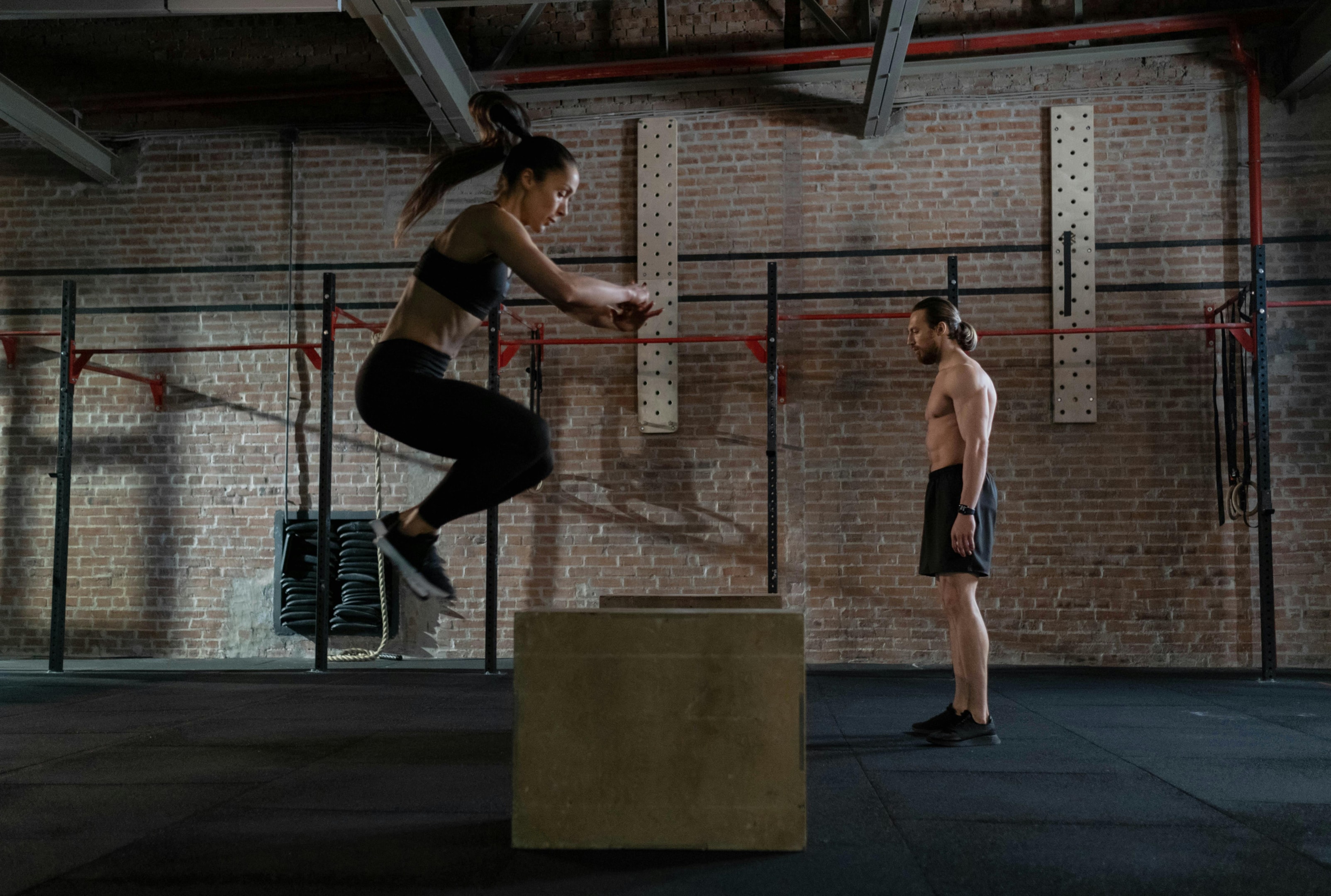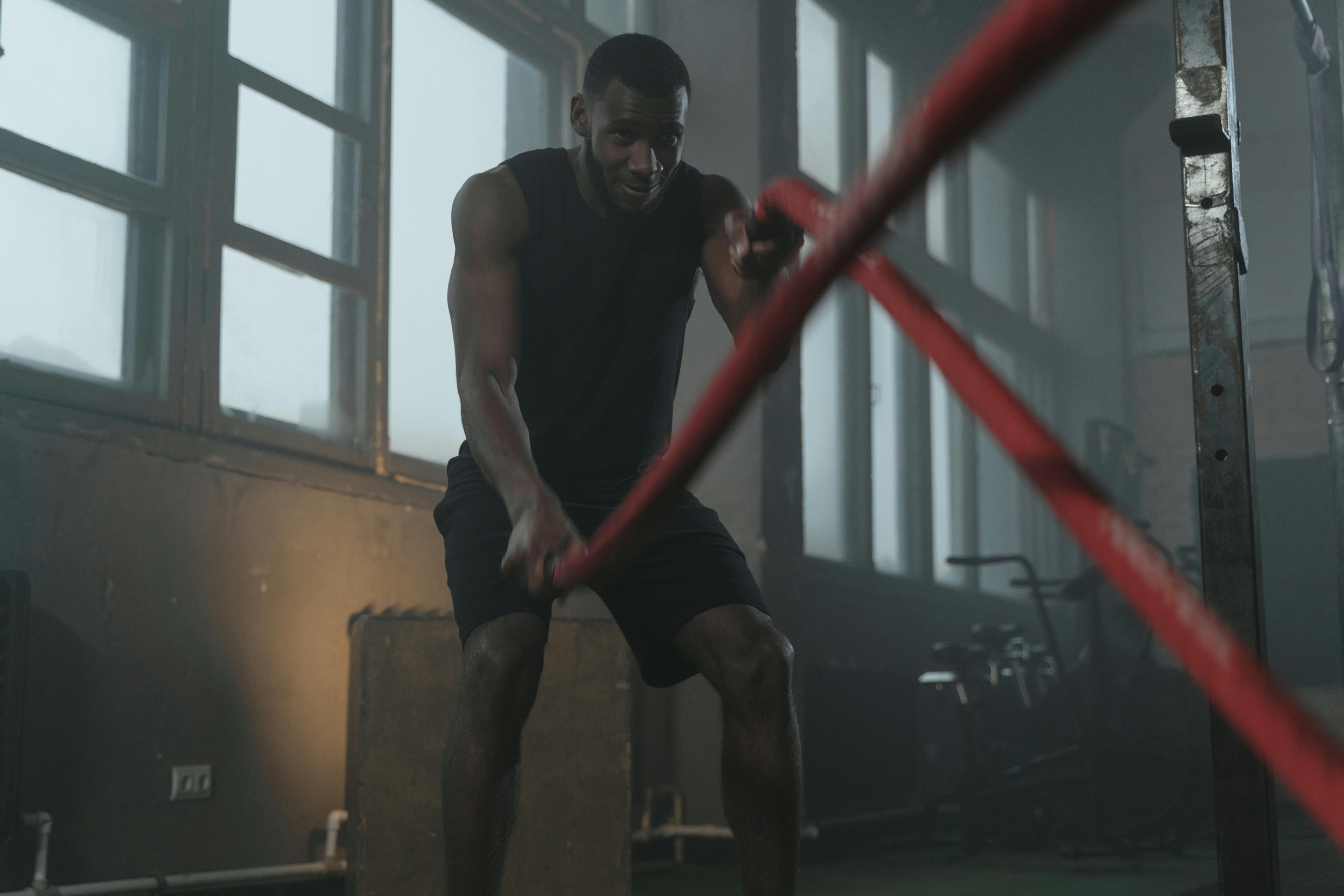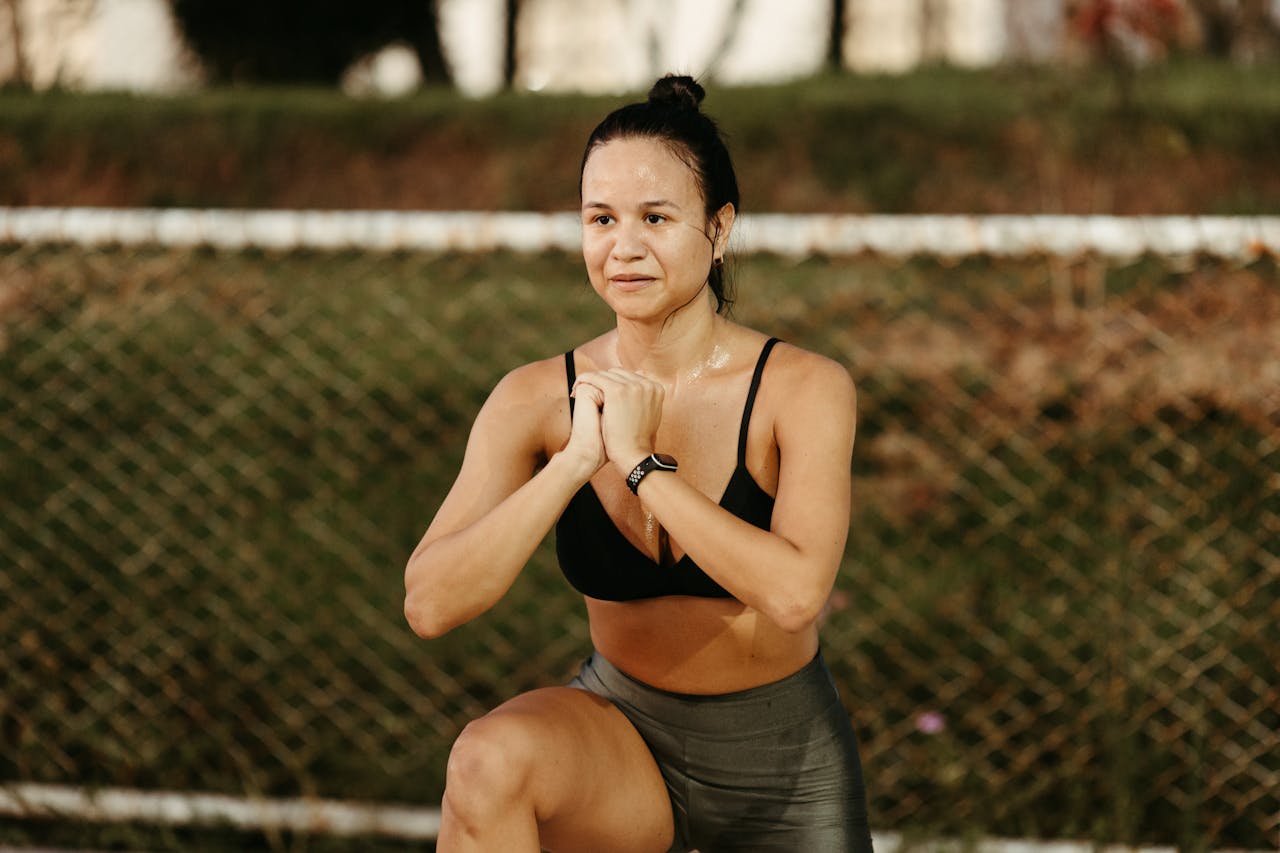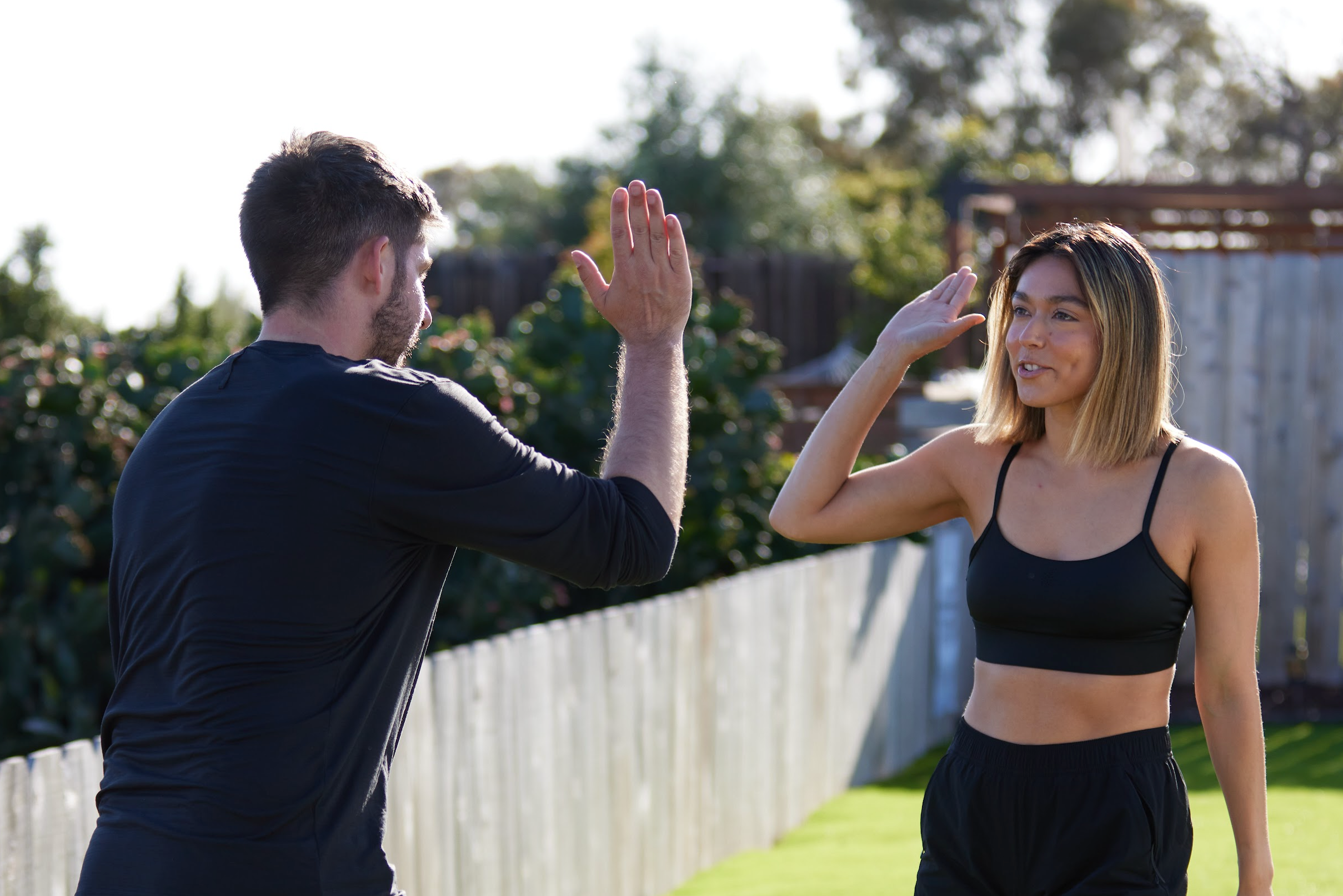Designing a workout can feel overwhelming, but it doesn’t have to be! Understanding how to prioritize exercises can help you get the most out of your time and effort in the gym.
Key Takeaways
- Maximize every minute: A well-structured workout hits all the right muscles, helping you see results faster without wasting time.
- Balance strength and recovery: The key to long-term progress is alternating between hard training days and proper rest, so your muscles have time to grow and repair.
- Tailor your plan to your goals: Whether you want strength, endurance, or fat loss, structuring your workouts with clear goals in mind makes all the difference.
Here’s a simple breakdown of how I think about structuring a workout to help you stay focused, energized, and on track with your fitness goals.
1. Start with a Warm-Up
Every great workout starts with a good warm-up. The goal is to get your blood flowing and your body ready for the exercises ahead. By the end of your warm-up, you should feel a slight sweat or a rise in body temperature.
Why It’s Important: Warming up prepares your muscles, reduces the risk of injury, and boosts your performance. A dynamic warm-up that includes light cardio, mobility exercises, or bodyweight movements can help activate the muscles you’ll use during your workout.
2. Begin with Speed and Power Movements

If your workout includes any speed work, plyometrics, or explosive exercises, always do these first. These movements are highly sensitive to fatigue, so doing them when you’re fresh ensures you get the most benefit.
Examples: Sprints, box jumps, medicine ball throws, or any fast and powerful movements.
Why It’s Important: Fatigue can drastically reduce the quality of your speed-based exercises. Starting with these movements allows you to focus on proper form and explosive power when you’re at your best.
3. Focus on Compound Movements

Next, move on to your main exercises—compound or heavier movements that are the core of your workout. These are the exercises that work multiple muscle groups and are typically the most physically demanding.
Examples: Squats, deadlifts, Nordic curls, heavy hip thrusts, bench presses, and rows.
You can do hip thrusts at home with a NordBench.
Why It’s Important: Doing these exercises after speed work but before isolations ensures you have enough energy to lift heavy and maintain good form. These movements require the most focus and strength, so it’s best to tackle them while you’re still fresh.
4. Add in Isolation Movements

After your main lifts, move on to isolation exercises. These are simpler movements that target specific muscles and are less affected by fatigue, making them perfect for this stage of your workout.
Examples: Leg extensions, bicep curls, lateral raises, calf raises.
You can do and easily scale leg extensions at home with the OmniStrap.
Why It’s Important: Isolated movements are great for finishing off the muscles you’ve worked on during your main lifts. They add value to your workout without needing maximum energy or focus, allowing you to continue training with good form even when a bit tired.
5. Finish with High-Intensity Training

Wrap up your workout with some high-intensity circuit training, conditioning, or any exercise that really challenges your stamina. This is where you can push yourself, knowing it’s the final part of your session.
Examples: Circuit training, HIIT, sled pushes, battle ropes, or any conditioning work.
Why It’s Important: Ending with a high-intensity burst is a great way to maximize calorie burn, improve conditioning, and leave your workout feeling accomplished. Since you don’t need to save energy for anything else, you can give it your all.
Putting It All Together: The Four Buckets of Exercise Order
-
Warm-Up: Get your body ready.
-
Speed and Power Movements: Do these first to maximize quality.
-
Compound Movements: Focus on your main lifts while you’re still fresh.
-
Isolation Movements: Add value without needing peak energy.
-
High-Intensity Finisher: End strong with a final push.
By organizing your workout in this order, you can prioritize the most important and fatigue-sensitive exercises while still getting a well-rounded training session. This approach ensures that each part of your workout is effective, helping you make progress safely and efficiently.
I hope this guide helps you structure your workouts for better results! If you have any questions or need further guidance, drop a comment, and I’d be happy to assist you in creating the perfect workout plan.









































Leave a comment
This site is protected by hCaptcha and the hCaptcha Privacy Policy and Terms of Service apply.